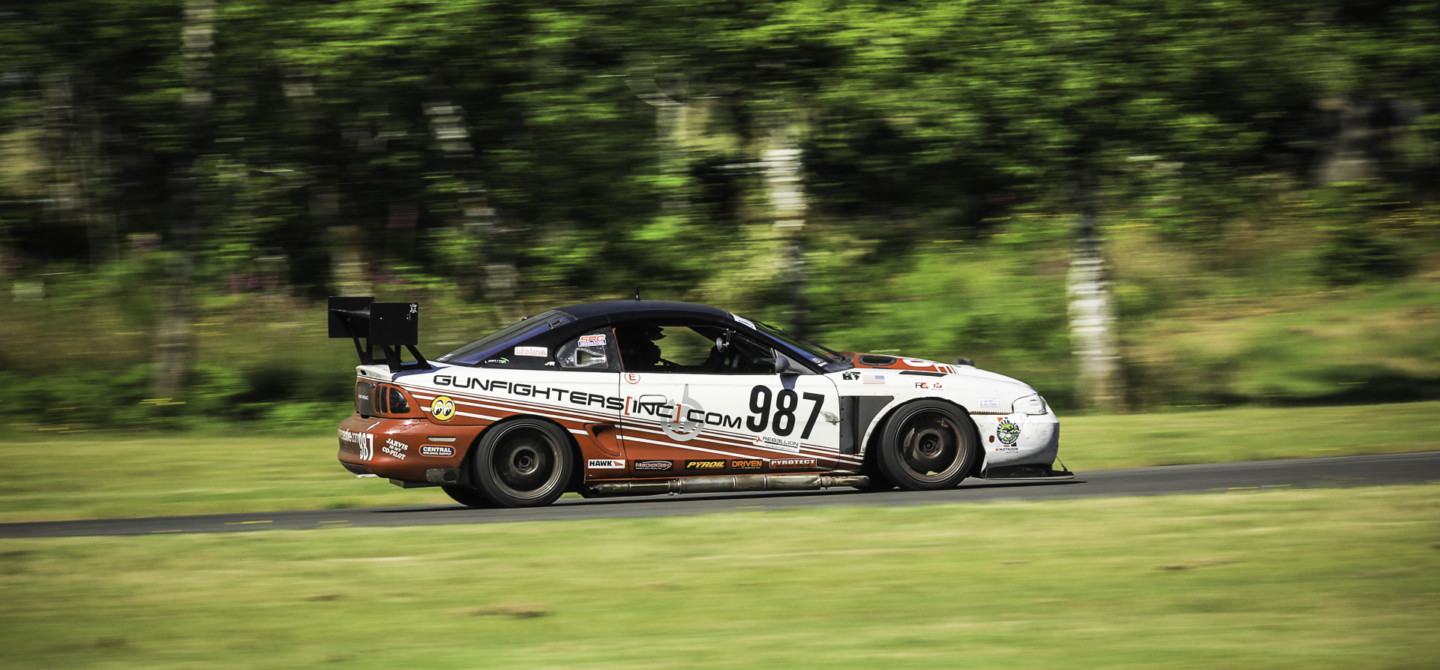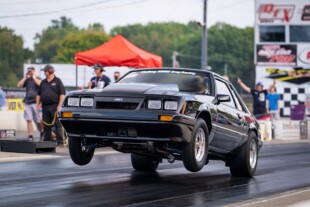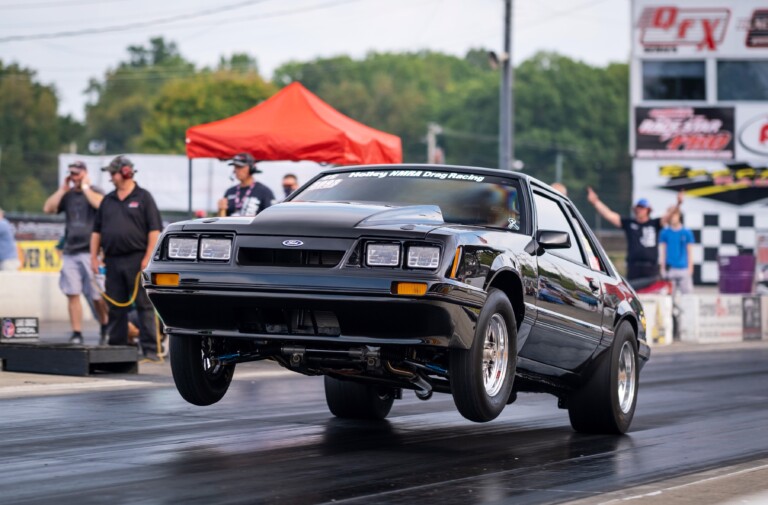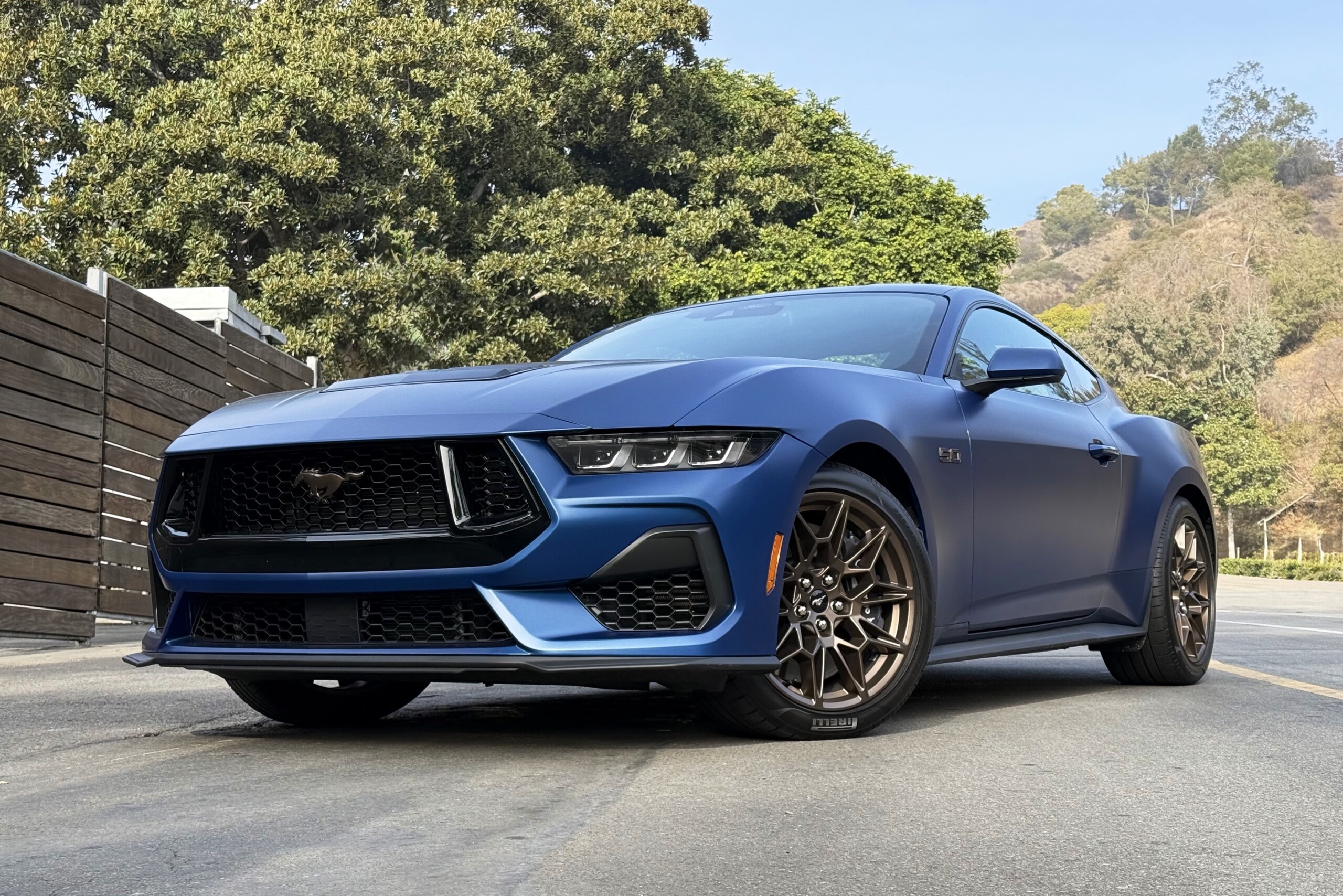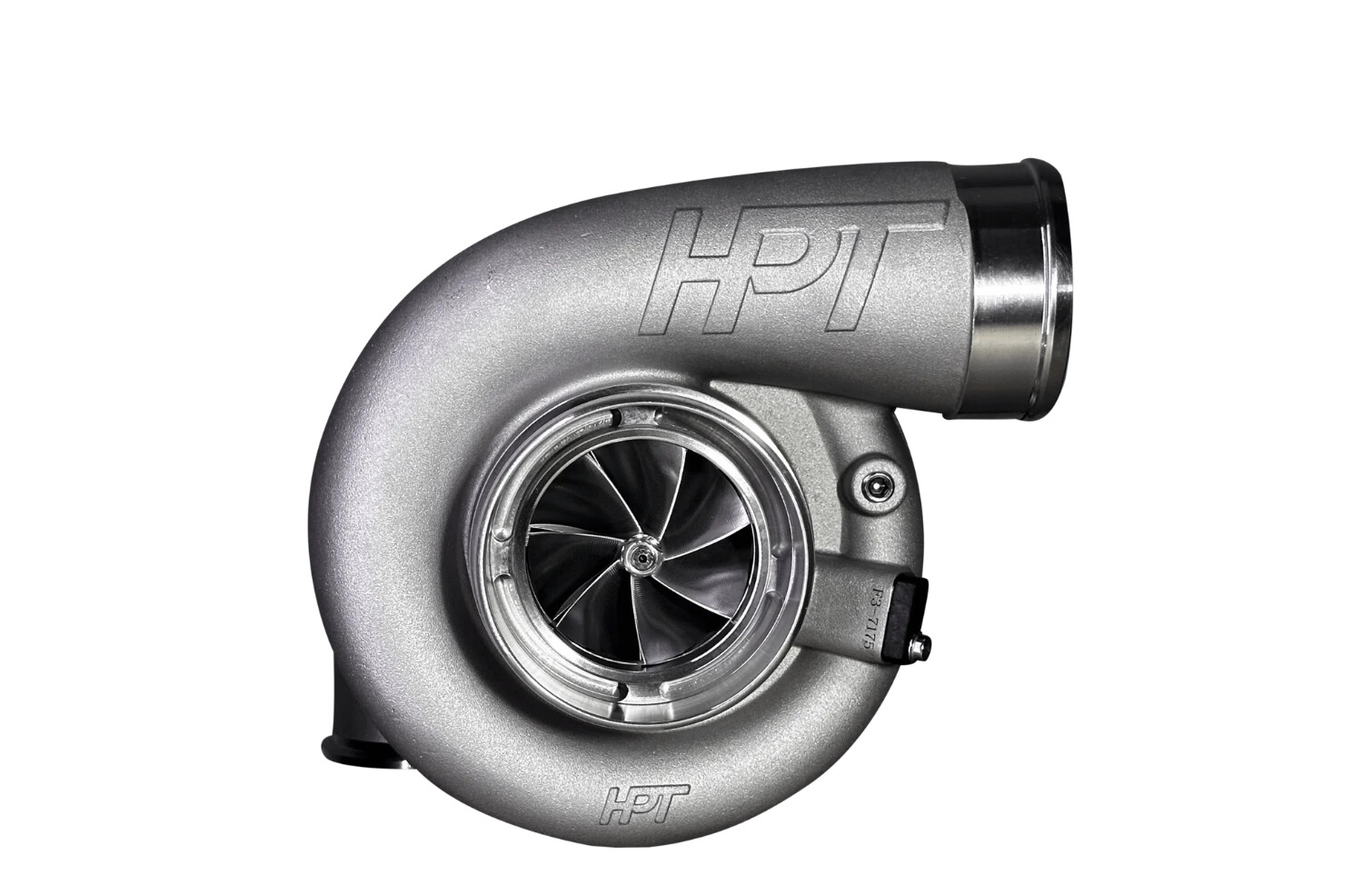There’s a special sort of ambiance in the paddock when Randy Pobst signs up as a member of your Lucky Dog outfit. The man’s raced in such respected categories such as Grand-Am and KONI Challenge—he’s even raced Pikes Peak multiple times, but he still revels in the casual atmosphere of grassroots endurance racing. On this occasion, he joined Spiral Out Racing for an event at The Ridge Motorsports Park. With his years of experience and hard-charging style, he shows us here why he’s so effective on the racetrack.
How exactly does a driver of Pobst’s caliber compare to a dedicated amateur with less than five years of competitive racing? Well, the differences aren’t that easy to spot. Now, Kirk Myhre isn’t a casual weekend racer. After spending most of his teens playing around in karts and various open-wheel cars, he took a thirty-year sabbatical to raise a family and rejoined racing after his 49th birthday. Plenty of sim racing, lots of track days, plenty of attentive coaching, and a fire in his belly have gotten him on the pace, and now he regularly races endurance events with several different teams in the Lucky Dog series. There’s a great example of middle-aged reinvention!

This ’95 Mustang sports a 347 stroker, a 6-speed transmission, a custom K-member, and a 3-link torque arm rear.
Considering the Consumables
The main differences can be seen in the braking departments. Despite Myhre getting a great run up the hill and into The Carousel/Turn 6, he’s quickly reeled in by Pobst in the braking for the long, luring, and surprisingly fast Carousel (0:55). There, Pobst is much harder and later on the binders and, even with more traffic to deal with, can late-brake himself back into contention within a corner or two.
As Myhre puts it, “Pobst is a ninja at manipulating the car under hard braking.” This helps him in negotiating passes off-line. In fact, one of Pobst’s strengths is reading slow cars ahead and finding a way past with minimal time lost. This is one of the esoteric skills which set a professional apart.
“You’ll also notice I’m in full endurance mode; I’m not taxing the consumables much,” Myhre begins. “I’m never downshifting into Second, I take it easy on the brakes, and I focus on rolling entry speeds.” With races lasting so long, real horsepower under his right foot, and a need to be fast at the end of the race, Myhre’s stints are sometimes a little more restrained than you might imagine.
Different Roles and Responsibilities
In Lucky Dog, the better organized outfits delegate different duties to their drivers depending on the level of talent within the team. Pobst is also using the full rev range and occasionally dropping to Second gear in some of The Ridge’s hairpins. This, of course, is because Pobst was hired to be a benchmark for various teams in the series. Therefore, the hotshoe gets to work the car a little bit harder than the drivers whose responsibility it is to lap carefully, quickly, and consistently—and most importantly, bring the car home.
Myhre is also responsible for any damage incurred while he’s in the hot seat. That pressure always makes itself felt, especially during an enduro when bullheaded moves aren’t acceptable. In Pobst’s case, Myhre assumes, any damage is covered by the series. Having the spotlight shone on them for having a celebrity in their midst is worth covering a little crash damage.

Dealing with the elements and limited visibility are part of why endurance racing in the Pacific Northwest is such a challenge.
Such little difference in laptime between two drivers with very different backgrounds speaks to Myhre’s near-professional levels of commitment. Truly, a little sim training and proper training can get a motivated man up to speed in little time. However, it’s clear that there’s more to racing than speed. The tricks in traffic, clout within a team, and ability to find tiny edges are what separate the professional from the motivated, talented amateur.


